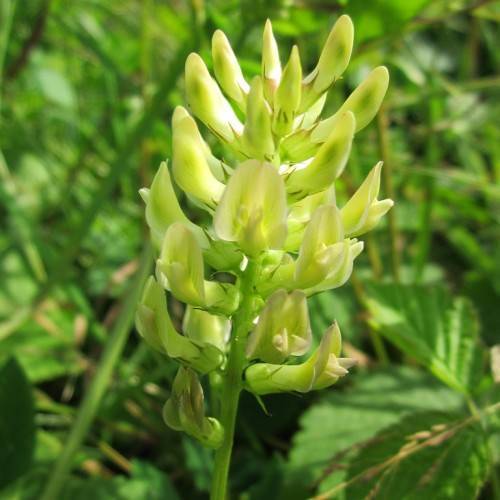
Licorice Milkvetch
Astragalus glycyphyllos
Watering:
Frequent
Hardiness Zone:
Sun:
full sun,part shade
Leaf:
Yes
Growth Rate:
Low
Drought Tolerant:
Yes
Salt Tolerant:
Yes
Care Level:
Medium
watering
When watering your Three Leaf Milk Vetch, you should give it a deep watering about once every week to 10 days. In the peak of summer, you may need to water more often, however as the temperatures cool down in the fall and winter, you may only need to water every 2 weeks. Make sure the soil is consistently moist, but not soggy--it should be lightly moist to the touch. When in doubt, wait an extra day and check the soil before watering.
sunlight
Three Leaf Milk Vetch requires full sun and is best grown in sites that receive direct sunlight for at least 6 hours a day. The plant can tolerate some shade but prefers full sun to partial shade when given the choice. When grown in partial shade the plant may grow weaker and the leaves may become more sparse. For optimal growth and health the ideal amount of sunlight for Three Leaf Milk Vetch is 6-8 hours of direct sunlight daily.
pruning
Three Leaf Milk Vetch should be pruned towards the end of winter, in late February. Pruning is recommended annually for Three Leaf Milk Vetch as this species is a vigorous grower and can quickly become overgrown. Remove any dead, diseased, or damaged stems as this can help encourage healthy new growth, and also reduce the risk of disease. Prune the stems back to maintain a desired size or shape, or to encourage the growth of fuller foliage. Prune just above a leaf node in order to encourage 2 new shoots to sprout from that location. When pruning, be sure to use sharp, clean pruning shears to help reduce the risk of disease to the plant.
